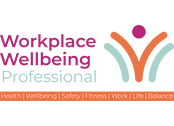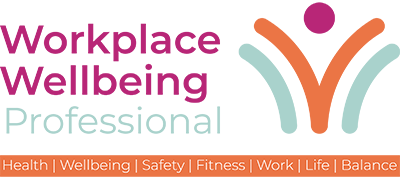There are more nurses and midwives working in the NHS than ever before according to new figures.
NHS England data for October shows the number of nurses working in the NHS in England is now at almost 372,411 – the highest recorded number ever, meaning there are over 20,000 more in the NHS workforce this winter compared with last year.
The number of midwives has grown by more than 1,000 from last year to 23,396 – the largest number of midwives ever.
Kate Brintworth, Chief Midwifery Officer for England, said:
With 1,000 more midwives in our workforce than a year ago, the results of this data show green shoots of progress and are a welcome boost for our maternity and neonatal services.
Kate Brintworth, Chief Midwifery Officer for England
The unprecedented growth in the NHS workforce came as the health service opened new routes into the two professions and expanded international recruitment and retention initiatives.
Targeted initiatives to support the midwifery workforce to grow included NHS England funding retention programmes in every maternity unit in England and additional in-year investment of up to £4 million to accelerate the number of Professional Midwifery and Nurse Advocates.
This increase in the NHS workforce is also reflected in a rise in the number of healthcare support workers, with 8,000 more people working in such roles as of September 2023 compared to same month the year before. The rise followed a dedicated programme of work to grow the healthcare support worker workforce through a national recruitment drive.
The rise followed the publication of the NHS Long Term Workforce Plan which will see medical and adult nursing training places almost double by 2031. While additional recruitment, new retention measures and reform for how the NHS works could mean the NHS has at least an extra 60,000 doctors, 170,000 more nurses and 71,000 more allied health professionals in place by 2036/37.
While this is good news, it is important for us to continue to build on this progress, in line with ambitions in both the NHS Long Term Workforce Plan and our Three year delivery plan for maternity and neonatal services.
Health Minister Andrew Stephenson said:
Our brilliant NHS staff are central to our plan to make healthcare faster, simpler and fairer for patients, and through the NHS’s Long-Term Workforce Plan we will continue to build on this progress and double the number of adult nurse training and medical school places by 2031.
Andrew Stephenson, Health Minister
Reference:
Joanne is the editor for Workplace Wellbeing Professional and has a keen interest in promoting the safety and wellbeing of the global workforce. After earning a bachelor's degree in English literature and media studies, she taught English in China and Vietnam for two years. Before joining Work Well Pro, Joanne worked as a marketing coordinator for luxury property, where her responsibilities included blog writing, photography, and video creation.



